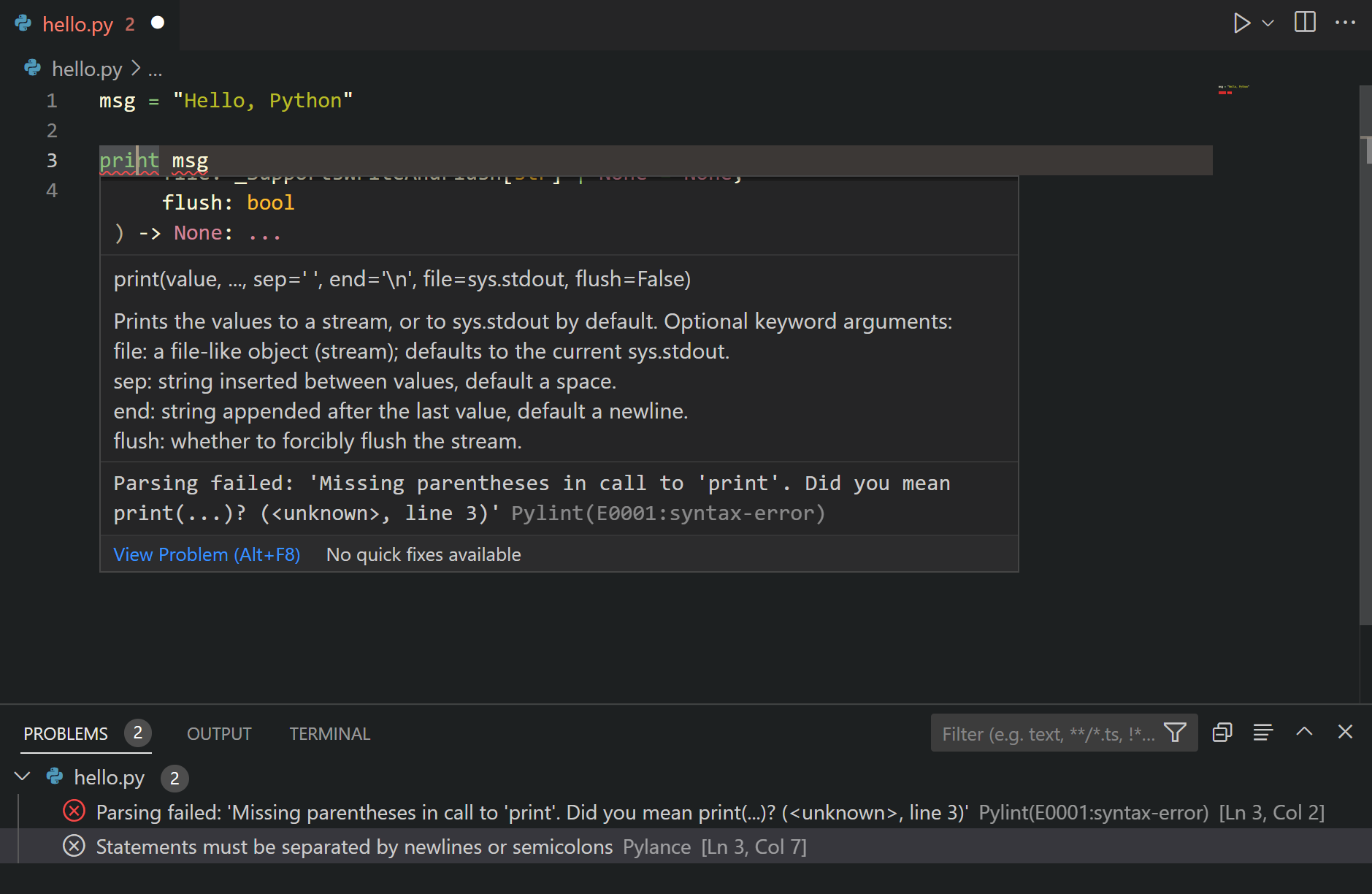- Can Pip Be Used With Python Tools In Visual Studio? - Stack ...
- Yep! Go To Tools -> Python Tools -> Python Environments . This Will Open A New Pane Where You Can Select Pip (VS 2015) Or Packages (VS 201...

See full list on marketplace.visualstudio.com. Python in Visual Studio Code Working with Python in Visual Studio Code, using the Microsoft Python extension, is simple, fun, and productive. The extension makes VS Code an excellent Python editor, and works on any operating system with a variety of Python interpreters. Previous step: Run code in the debugger. The Python developer community has produced thousands of useful packages that you can incorporate into your own projects. Visual Studio provides a UI to manage packages in your Python environments. View environments. Select the View Other Windows Python Environments menu command.
-->
If you share a project with others, use a build system, or plan to copy the project to any other location where you need to restore an environment, you need to specify the external packages that the project requires. The recommended approach is to use a requirements.txt file (readthedocs.org) that contains a list of commands for pip that installs the required versions of dependent packages. The most common command is pip freeze > requirements.txt, which records an environment's current package list into requirements.txt.
Technically, any filename may be used to track requirements (by using -r <full path to file> when installing a package), but Visual Studio provides specific support for requirements.txt:
If you've loaded a project that contains requirements.txt and wish to install all the packages listed in that file, expand the Python Environments node in Solution Explorer, then right-click an environment node and select Install from requirements.txt:
If you want to install the dependencies in a virtual environment, create and activate that environment first, then use the Install from requirements.txt command. For more information on creating a virtual environment, see Use virtual environments.
If you already have all the necessary packages installed in an environment, you can right-click that environment in Solution Explorer and select Generate requirements.txt to create the necessary file. If the file already exists, a prompt appears for how to update it:
- Replace entire file removes all items, comments, and options that exist.
- Refresh existing entries detects package requirements and updates the version specifiers to match the version you currently have installed.
- Update and add entries refreshes any requirements that are found, and adds all other packages to the end of the file.
Because requirements.txt files are intended to freeze the requirements of an environment, all installed packages are written with precise versions. Using precise versions ensures that you can easily reproduce your environment on another computer. Packages are included even if they were installed with a version range, as a dependency of another package, or with an installer other than pip.
If a package cannot be installed by pip and it appears in a requirements.txt file, the entire installation fails. In this case, manually edit the file to exclude this package or to use pip's options to refer to an installable version of the package. For example, you may prefer to use pip wheel to compile a dependency and add the --find-links <path> option to your requirements.txt:
Can Pip Be Used With Python Tools In Visual Studio? - Stack ...

Yep! Go To Tools -> Python Tools -> Python Environments . This Will Open A New Pane Where You Can Select Pip (VS 2015) Or Packages (VS 201...
See also





